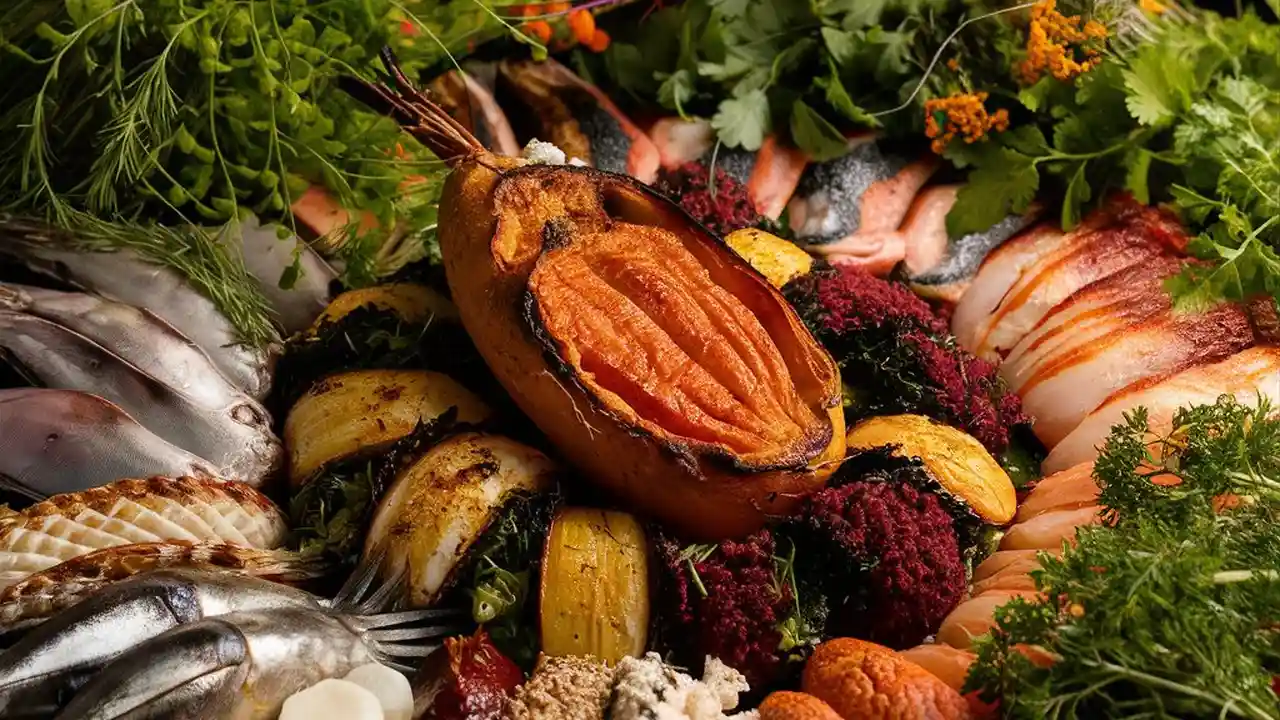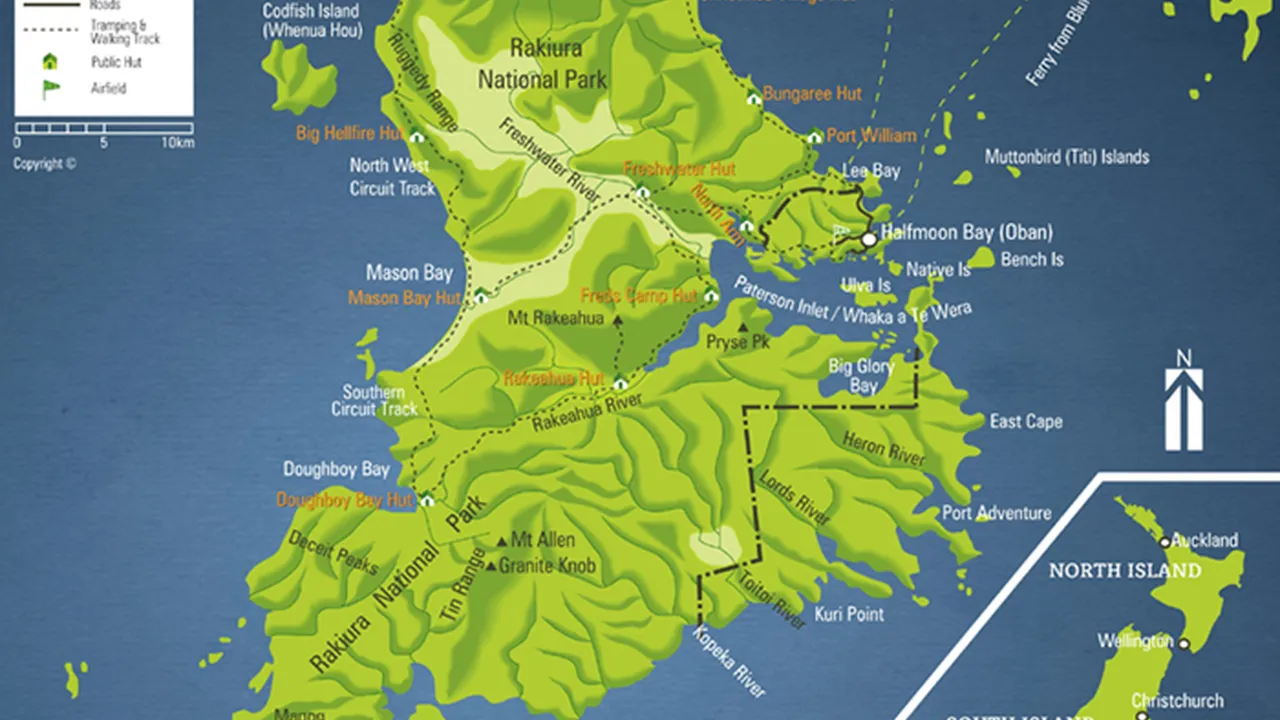Traditional Māori Food: A Culinary Journey
Sample meta description.

Hāngi The Underground Oven A Traditional Māori Cooking Method
Let's dive right into the heart of Māori cuisine, shall we? Forget your fancy ovens; we're talking earth ovens – the mighty Hāngi! This isn't just cooking; it's an event, a celebration, a connection to the land. Imagine a pit dug in the ground, heated stones carefully arranged, and layers upon layers of food – meats, vegetables, all wrapped in flax leaves – slowly steaming for hours. The result? Unbelievably tender, smoky, and earthy flavors you won't find anywhere else. Think tender pork, juicy chicken, sweet potatoes so soft they melt in your mouth, and earthy kumara (sweet potato). It's a feast for the senses and a real taste of Māori heritage. The process itself is quite involved, starting with sourcing the right stones (river stones are ideal), heating them in a massive fire, and carefully layering the food to ensure even cooking. The whole community often gets involved, making it a true communal experience. Trust me, if you ever have the chance to experience a Hāngi, grab it with both hands! It's more than just a meal; it's a cultural immersion.
Rewena Bread The Māori Sourdough A Staple Food
Next up, let's talk about Rewena Paraoa, or Rewena bread. This is the Māori take on sourdough, and it's absolutely divine. It's made with a "bug" – a starter culture – that's nurtured and fed over several days. This gives the bread its distinctive tangy flavor and slightly chewy texture. Making Rewena is an art form, passed down through generations. The starter needs constant attention, and the baking process requires patience and skill. But the result is worth it! Imagine a warm slice of Rewena, slathered with butter or dipped in a hearty soup. It's the ultimate comfort food, and a testament to the ingenuity of Māori cooking. You can find Rewena bread at many local markets and bakeries in New Zealand, but if you're feeling adventurous, you can even try making it yourself! There are plenty of recipes online, but be warned – it's a labor of love!
Kina Sea Urchin A Taste of the Ocean
For those with a more adventurous palate, let's explore Kina – sea urchin. This spiky sea creature is a delicacy in Māori cuisine, prized for its creamy, briny flavor. It's often eaten raw, straight from the shell, and it's a truly unique experience. Think of it as the ocean's version of caviar. The texture is soft and almost buttery, and the taste is intensely oceanic. It's definitely an acquired taste, but if you're open to trying new things, Kina is a must-try. You can find Kina at some seafood restaurants and markets in New Zealand, particularly in coastal areas. Just be careful when handling it – those spines are sharp! The best way to eat it is to carefully crack open the shell and scoop out the roe with a spoon. Enjoy it with a squeeze of lemon juice for an extra burst of flavor.
Paua Abalone A Versatile Seafood Delicacy
Another seafood staple in Māori cuisine is Paua, also known as abalone. This shellfish has a beautiful iridescent shell and a delicious, chewy meat. It can be prepared in a variety of ways – steamed, fried, grilled, or even made into fritters. Paua is a versatile ingredient that adds a touch of luxury to any dish. One popular way to prepare Paua is to tenderize it and then pan-fry it with garlic and butter. The result is a succulent and flavorful dish that's sure to impress. You can also find Paua fritters at many fish and chip shops in New Zealand – a quick and tasty way to enjoy this delicacy. The shells themselves are also highly prized for their beauty and are often used in jewelry and other crafts.
Kumara Sweet Potato The Versatile Root Vegetable
No discussion of Māori food would be complete without mentioning Kumara – sweet potato. This humble root vegetable is a staple in Māori cuisine, and it's incredibly versatile. It can be roasted, boiled, mashed, fried, or even used in desserts. Kumara comes in a variety of colors, from orange to red to purple, and each variety has its own unique flavor. Roasted Kumara is a classic side dish, often served alongside Hāngi. Mashed Kumara is a great alternative to mashed potatoes, and it adds a touch of sweetness to any meal. And Kumara chips are a delicious and healthy snack. Kumara is also a good source of vitamins and minerals, making it a nutritious and delicious addition to your diet. It's readily available in supermarkets throughout New Zealand and is a relatively inexpensive ingredient.
Specific Product Recommendations, Uses, Comparisons, and Pricing
Manuka Honey UMF 15+ A Natural Sweetener and Health Booster
Let's talk Manuka honey! This isn't your average honey; it's liquid gold from New Zealand. Made from bees that pollinate the Manuka tree, it boasts unique antibacterial properties. Look for the UMF (Unique Manuka Factor) rating – the higher the number, the more potent the honey. A UMF 15+ is a good starting point. Uses: Drizzle it on your Rewena bread, stir it into your tea, or take a spoonful straight for a sore throat. It's also great for skin wounds and burns. Comparison: Compared to regular honey, Manuka honey has a much higher concentration of methylglyoxal (MGO), the compound responsible for its antibacterial activity. Regular honey is great for sweetness, but Manuka honey offers added health benefits. Pricing: Expect to pay a premium for Manuka honey. A 250g jar of UMF 15+ Manuka honey can range from $30 to $50 NZD. You can find it at supermarkets, pharmacies, and specialty food stores.
Whittaker's Chocolate A Kiwi Classic Treat
Whittaker's chocolate is a New Zealand institution. This family-owned company has been making delicious chocolate since 1896. They use high-quality ingredients and have a wide range of flavors to choose from. Uses: Enjoy it as a snack, use it in baking, or give it as a gift. Whittaker's chocolate is perfect for any occasion. Comparison: Compared to other mass-produced chocolate brands, Whittaker's is known for its richer flavor and smoother texture. They also use a higher percentage of cocoa solids, giving it a more intense chocolate taste. Pricing: A standard 250g block of Whittaker's chocolate typically costs around $4 to $6 NZD. You can find it at most supermarkets and convenience stores in New Zealand.
L&P Lemon & Paeroa A Refreshing Kiwi Soda
L&P (Lemon & Paeroa) is a uniquely Kiwi soda. It's a sweet and tangy blend of lemon and mineral water from the town of Paeroa. It's a refreshing and iconic drink that's been enjoyed in New Zealand for over 100 years. Uses: Enjoy it chilled on a hot day, use it as a mixer in cocktails, or pair it with your favorite Kiwi snacks. Comparison: Compared to other lemon-lime sodas, L&P has a distinctive flavor that's both sweet and slightly tart. It's also less fizzy than some other sodas, making it a more refreshing choice. Pricing: A 1.5L bottle of L&P typically costs around $2 to $3 NZD. You can find it at most supermarkets and convenience stores in New Zealand.
Feijoa Fruit A Unique and Tangy Fruit
Feijoa is a unique fruit that's commonly grown in New Zealand. It has a sweet, aromatic flavor with hints of pineapple, guava, and mint. The skin is edible but often discarded, and the flesh is juicy and slightly grainy. Uses: Eat it fresh, add it to salads, make it into jam or chutney, or use it in desserts. Feijoa is a versatile fruit that can be enjoyed in many different ways. Comparison: Compared to other fruits, feijoa has a unique flavor profile that's unlike anything else. It's also a good source of vitamin C and fiber. Pricing: Feijoas are typically in season during autumn (March-May) in New Zealand. Prices can vary depending on the season and location, but you can usually find them at farmers' markets and supermarkets for around $5 to $10 NZD per kilogram.
Hokitika Cheese & Deli Wild Whitebait Patties A Local Delicacy
Hokitika Cheese & Deli, while primarily known for their cheeses, also offers seasonal delicacies like Wild Whitebait Patties. Whitebait are tiny juvenile fish, and these patties are a true Kiwi treat. Uses: Pan-fry the patties and serve them with a squeeze of lemon juice. They're a delicious appetizer or light meal. Comparison: Whitebait patties are a unique and seasonal delicacy. They have a delicate, slightly fishy flavor and a crispy texture. Pricing: Whitebait is a highly prized and expensive ingredient. A small container of whitebait patties from Hokitika Cheese & Deli can cost around $20 to $30 NZD, depending on the availability and price of whitebait. They are typically available during the whitebait season.
The Importance of Sustainable Sourcing of Food in New Zealand
When enjoying these delicious Māori and New Zealand foods, it's important to consider the sustainability of the sourcing. Choosing locally sourced and sustainably produced ingredients helps to protect the environment and support local communities. Look for products that are certified sustainable, such as those with the Marine Stewardship Council (MSC) label for seafood. By making conscious choices, you can enjoy the flavors of New Zealand while also contributing to a more sustainable future.
:max_bytes(150000):strip_icc()/277019-baked-pork-chops-with-cream-of-mushroom-soup-DDMFS-beauty-4x3-BG-7505-5762b731cf30447d9cbbbbbf387beafa.jpg)






